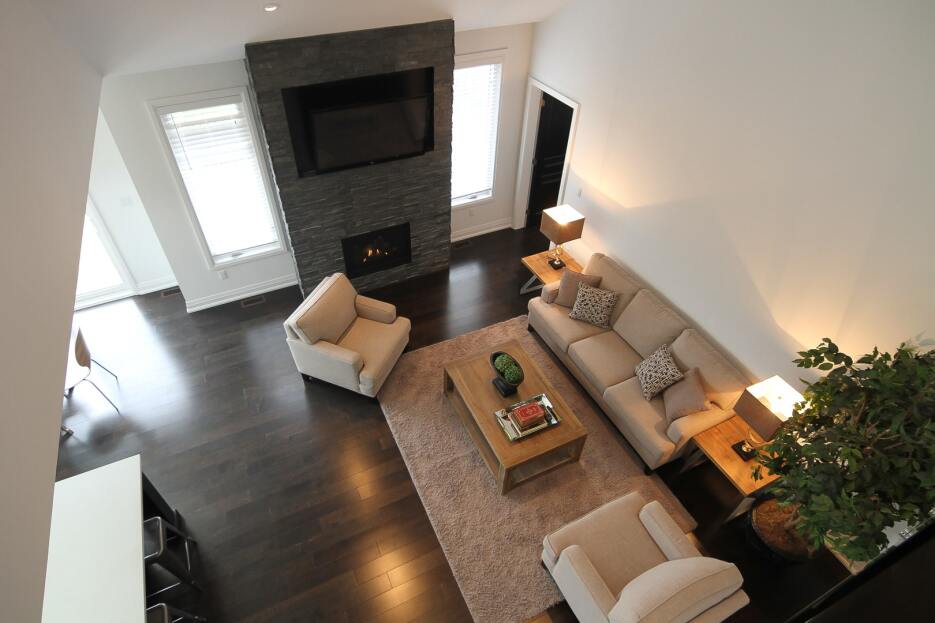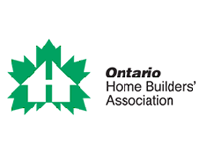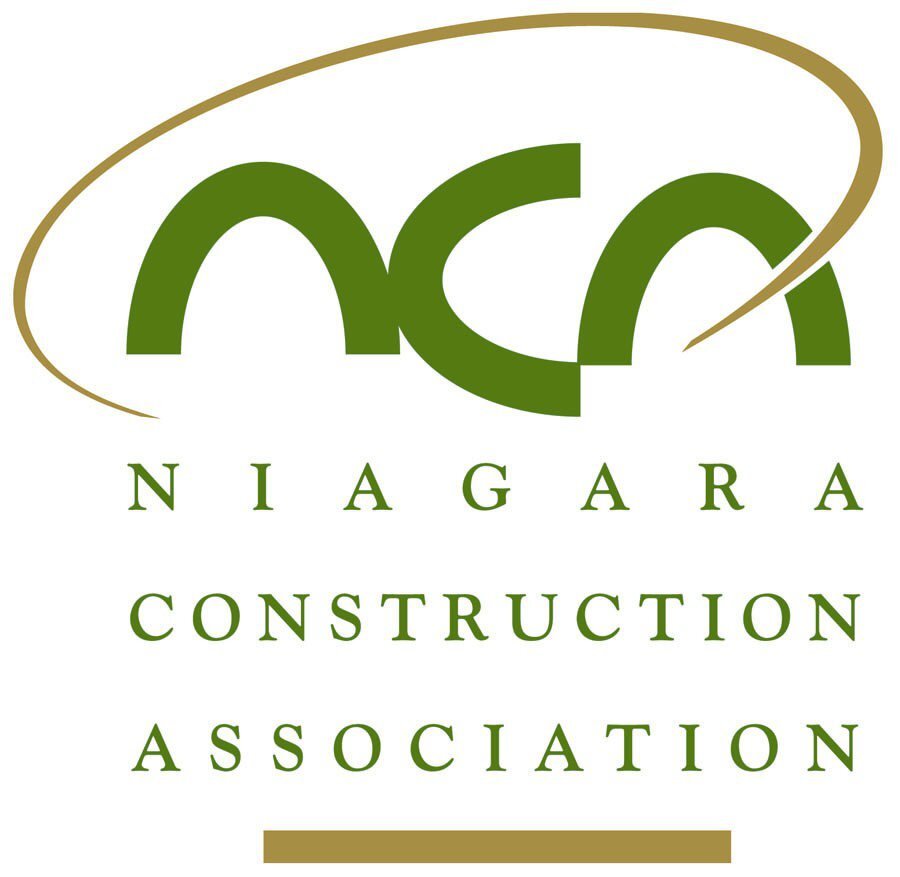
Contemporary versus Modern versus Traditional Design—What Does It All Mean?
What does it mean for an object—a home or a piece of furniture, for example—to be “traditional,” “modern,” or “contemporary”? This question may sound overly philosophical or technical—but the answer is actually very simple!
While they are often used interchangeably today, these terms describe very different things. In recent years, there have been many disputes in the design world about what is truly “modern” and what is “contemporary.”
Semantics aside—the only thing that really matters is what you like!
But in order to make an informed decision about something as important as your forever home, we thought it might be helpful to clarify what these terms mean an to explain some of the benefits and downsides of each so that you can choose the design best suited to your family’s needs.
So, where to begin?
TRADITIONAL STYLE
Traditional style sometimes gets a bad rep. Critics charge it with being boring, predictable, and stuffy—and sometimes, it is! But when done well, it can feel warm, classic, and familiar, maintaining a strong but general connection with the past.
Traditional design draws a great deal of influence from European design of the 18th and 19th centuries, particularly English and French. It grew in popularity in the second half of the twentieth century but endures today in trends like “cottagecore” and “granny chic”—styles which help us to escape the stresses of the present by creating “an aspirational form of nostalgia.”
Traditional design usually incorporates furniture, décor, and art from or reminiscent of these periods, often made of wood, with embellishments and lots of ornamentation—think chandeliers, wingback chairs with clawfoot legs, and ornate hardware. The overall goal of traditional design is to create a calm, ordered, harmonious feel within each room with everything in its right place.
Colour tones are often neutral—dark browns, blacks, greens and golds. Interiors are often adorned with features like crown molding, wainscotting, columns, wood panelling, and wallpaper, with rooms organized around a single focal point—a fireplace or an oil painting. Textiles are often bold and heavy—think silk, velvet, or leather.
While traditional design can sometimes feel a bit stuffy and out of date, there are perfect if you value comfort, familiarity and, accessibility and wish to cultivate a classic, homey feel within your space!
MODERN DESIGN
In our culture, we consider it a virtue to be modern—that is, contemporary, well-suited to our particular moment in time. However, when we speak about modern design, we are actually speaking about modernism.
Modernism, whether in literature, art, music, or architecture, was all about rejecting the antiquated styles of the past in favour of something bold and daring and radically new—something that would reflect the spirit and dynamism of the times.
This period can roughly be dated from the late 19th century to the 1960s, but in the architecture and design world, it best describes the style evolution which took place between 1925 and 1950.
Modern design is fundamentally different from traditional style. It often employed the dominant materials of the time (plastic, metal, and to a lesser extent, wood) to create bold forms which populated open, light-filled spaces. These spaces were ruled by straight, clean lines which were reflected in the geometric shapes that filled them.
Above all, modern design was all about function. Designers eschewed the ornamentation and handmade quality of traditional objects in favour of minimal, mass-produced, often monochromatic or boldly colourful, objects with no bells and whistles enclosed within almost exclusively white spaces. Often, these objects also played with asymmetry and juxtaposition in their integration of materials, patterns, and shapes.
Modern design is still very much with us today (think IKEA furniture!) For those who find this clean, structured aesthetic appealing, perhaps a modern layout is for you!
With that being said, modern design requires a great deal of commitment and must be executed with precision, or it runs the risk of appearing off or not quite right. Furthermore, despite the aesthetically pleasing qualities of large windows and open-concept design, modernity can sometimes come at the expense of privacy, so it is important to be sure that this lifestyle works for you and your family.
WHAT DOES IT MEAN TO BE CONTEMPORARY?
Well, simply put—contemporary style refers to whatever is in style at this particular moment, which means it is dynamic and eclectic, constantly evolving, and capable of changing in an instant!
Today, what is contemporary is actually a mixture of traditional and modern style, one which retains the latter’s minimalism, openness, and penchant for steel and glass with a few distinguishing features.
While modern style tends to be rigid and functional, contemporary style is more tolerant of eclecticism and ornamentation, and places a higher premium on contrast. It also tends towards a more subdued colour palette, favouring blacks, whites, and greys while also integrating bold, curvaceous décor pieces.
While what is contemporary today is subject to change, it has normalized a form of design eclecticism that has never been permitted and seems unlikely to go away now.
So, get creative because today, anything goes!
At Impero, we committed to making your dream home a reality, no matter what your desired style. Our team are happy to collaborate and offer advice on how best to bring your vision to life.
For superior craftsmanship at competitive rates, it’s Impero all the way! Visit our website today for more information or to book a consultation.

.png)


